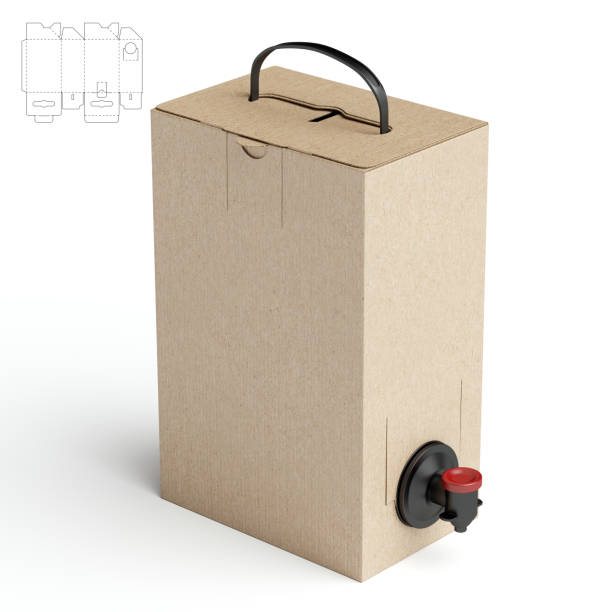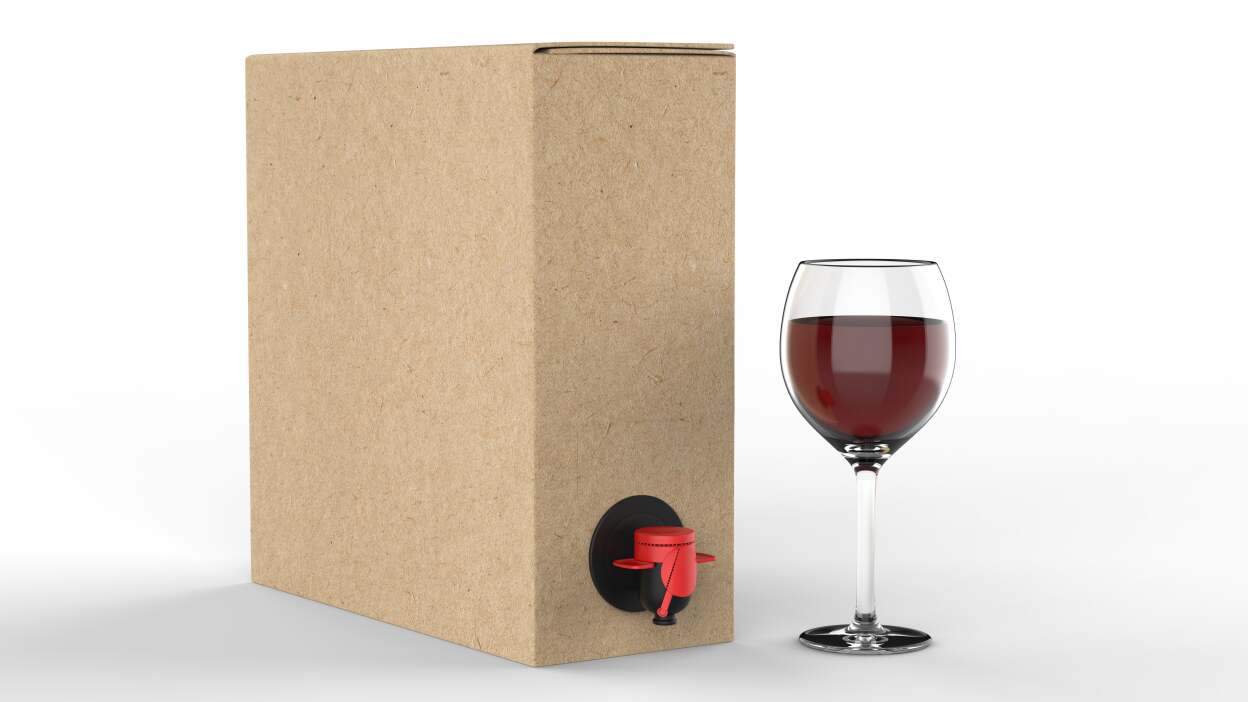In the past, bag-in-box has sometimes been referred to as goon sacks (short for flagon in the Australian vernacular), jug wine, or bum wine (Steeman,2015). However, with significant improvements in the interior sack materials,better spigots, sophisticated marketing and actually filling the bags withbetter wine, bag-in-box is now coming into its own (Prestipino, 2015).
In France, a bag-in-box of rosé in the fridge is especially popular in the
summer (Colman, 2009), they are a popular container in which to purchase wine in Italy (Cravero, 2016), and for the past 30 years wine in the boxes provided almost 50% of wine consumed in Australia (Prestipino, 2015). Asof 2007, international acceptance put the use of bag-in-box at 9% in Franceand UK, 42% in Norway, 33% in Sweden, and 6% in the US (Reeves, 2010).
An unofficial survey of a Safeway store near Seattle, Washington, revealed 15 different brands on the shelves, offered in a number of varieties, while another in Western Australia noted about eight different brands with a good selection of varieties. Overall, bag-in-box wines account for about 10% of the world wine market (Carvero, 2016).
There are a number of advantages to the box wines. First, like the
barrels over the amphorae, they save in shipping weight as compared to wine in glass bottles. A case of wine in glass bottles, nine litres of wine, typically weighs about 15 kilograms (33 pounds) with the standard 500 gram bottles, and 13.8 kilograms (30.4 pounds) with the newer, lighter 400 gram bottles. Using standard bottles accounts for roughly half the weight of the total package full of wine. Shipping the equivalent in bagin-box (three x 3 litre) containers dramatically reduces the carbon footprint (Colman, 2009), weighing only about 10 kilograms (22 pounds) total.
Additionally, once a bag-in-box is opened, the wine will stay fresh for at
least several weeks. This is due to the fact that as the wine is released from the spigot almost no oxygen is allowed back in to the wine (Routledge,2016). Wine in a glass bottle can also stay fresh, but the oxygen must be evacuated with a pump-type device, or displaced with nitrogen or other inert gas.
The bag-in-box has its downsides. Unlike bottles, one cannot see the
amount of wine left in the container. Depending upon the materials
incorporated in the bag’s layers, it usually has a shelf-life of six months to a maximum of one year. Additionally, there is the lingering stigma of containing wines of lesser quality.
The quality of the bag-in-box packaging ranges from simple to high-end (Colman, 2009). Overall, the bag material itself is much improved from the initial efforts, as has the box designs and lithography, bordering on some of the imagination of wine bottle labels. For example, Astrapak, a South African company sells its sacks in the United States, one which even resembles a wooden barrel (AstraPouch, 2018).

 中文简体
中文简体 英语
英语 西班牙语
西班牙语 俄语
俄语 葡萄牙语
葡萄牙语 法语
法语 德语
德语 意大利语
意大利语























